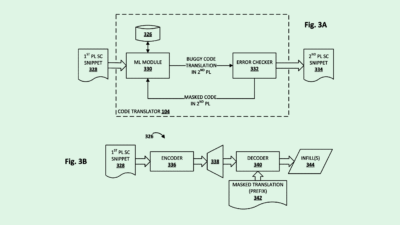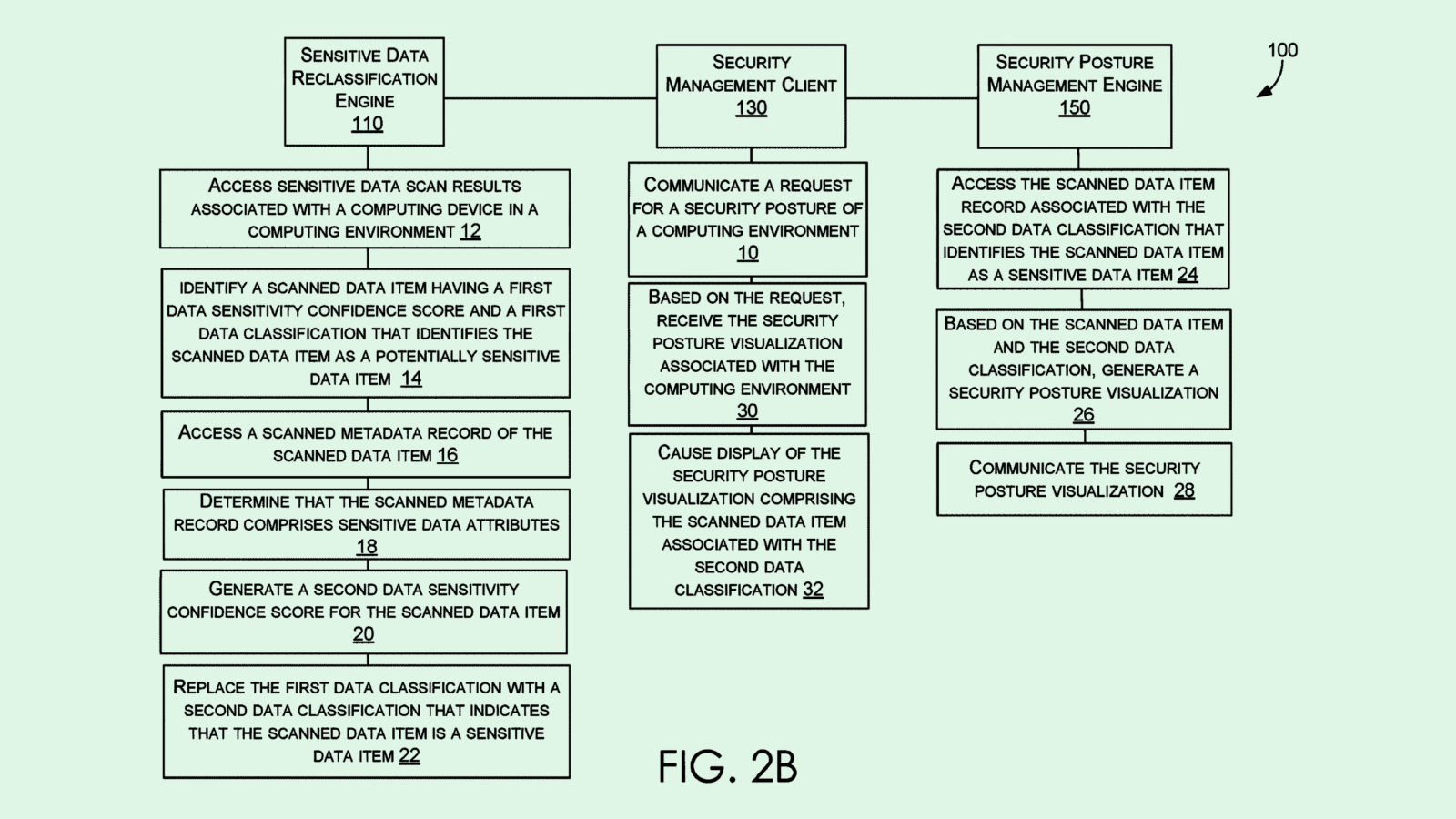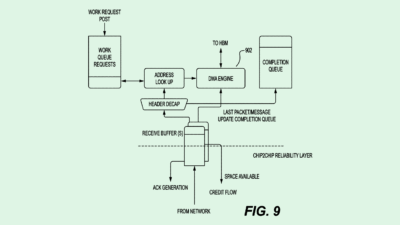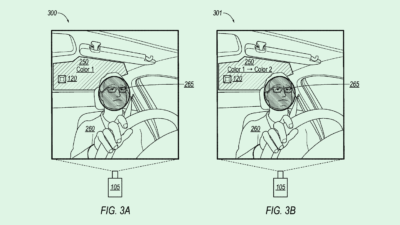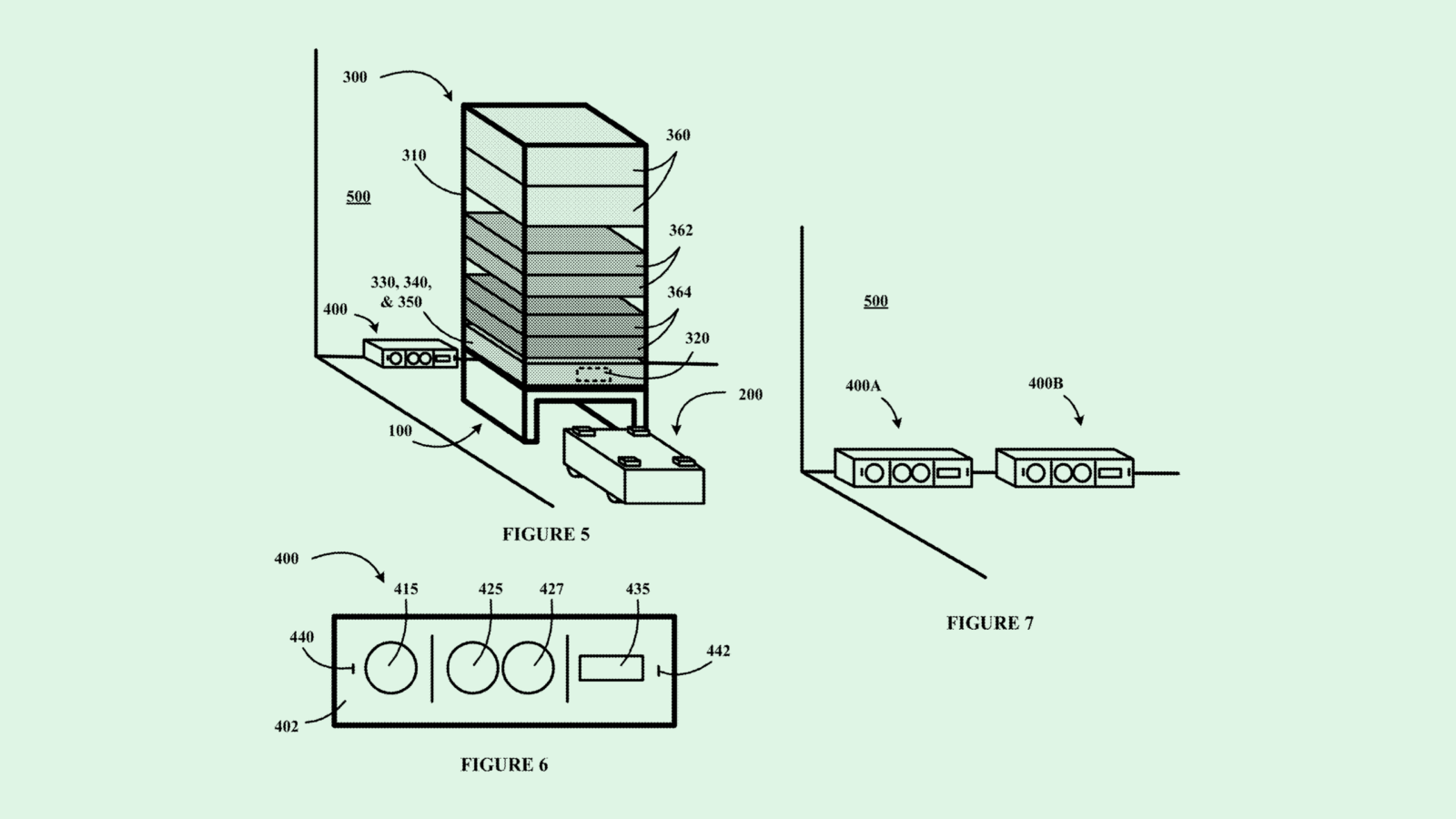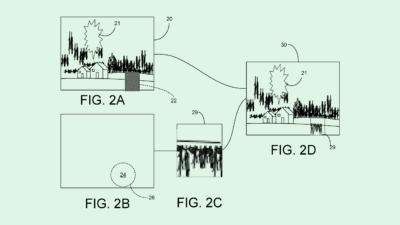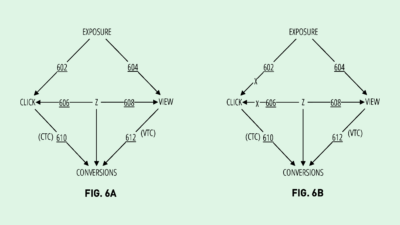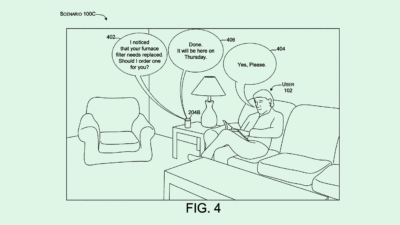Apple’s Auto Patents May Have a Lucrative Road Ahead
An auto tech patent from Apple highlights that the iPhone maker has tons of vehicle-related intellectual property – and nowhere to use it.
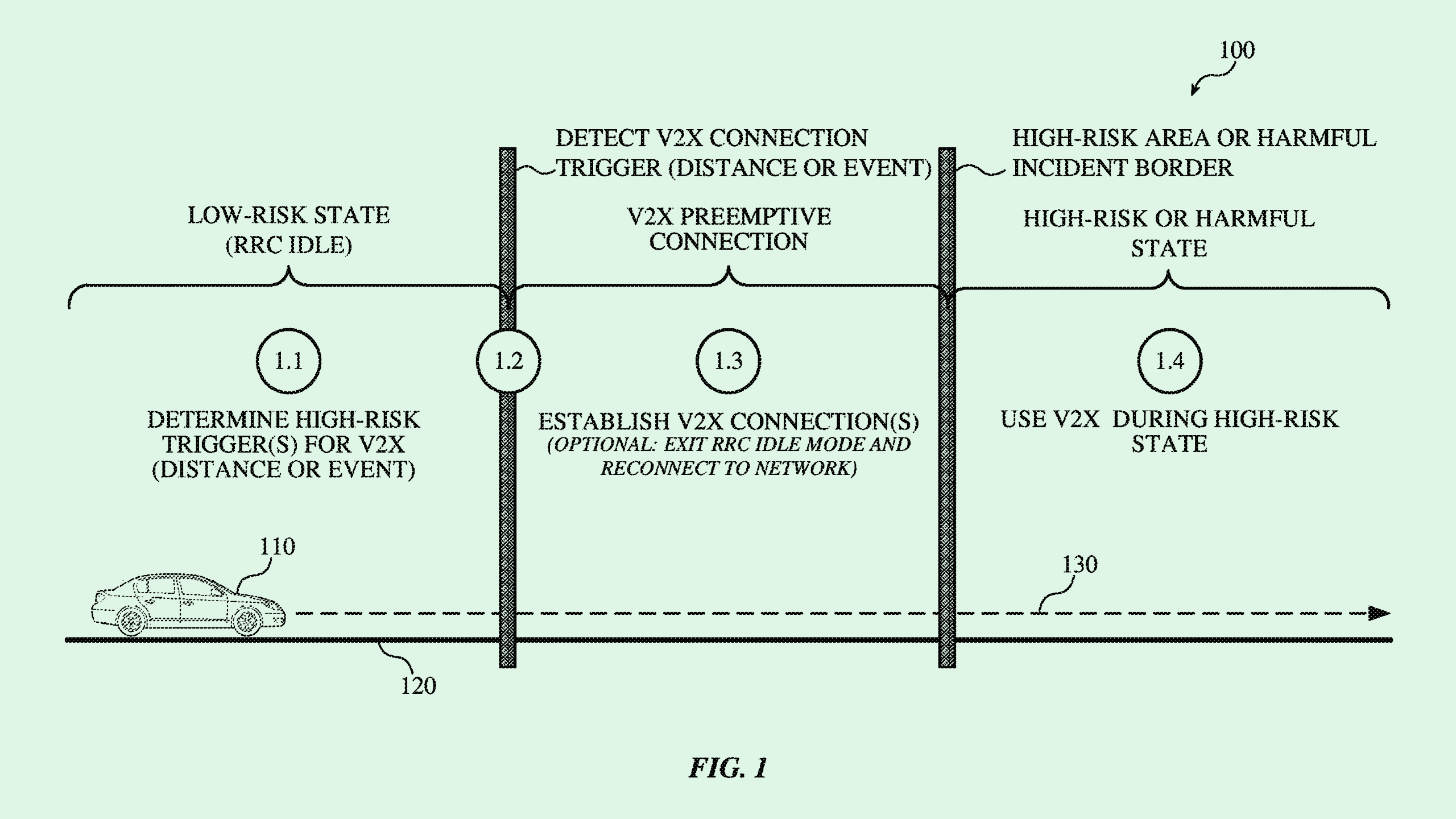
Sign up to uncover the latest in emerging technology.
Even though an Apple-branded car will no longer hit the road, the company still wants to keep you from swerving.
The company is seeking to patent a “smart vehicle-to-everything” preemptive connection for emergency and potential accident scenarios. Apple’s tech aims to allow vehicles preemptively to connect directly with other vehicles or infrastructure before entering certain areas that may be deemed high risk or hazardous.
This connection would essentially allow vehicles and infrastructure to communicate with one another to mitigate risk. Establishing this connection before entering a high-risk area may help vehicles avoid threats or unsafe conditions.
“Currently available V2X connection techniques may be too slow to prevent or mitigate the risks of emergencies,” Apple noted in the filing. These techniques may cause a vehicle to remain non-connected prior to entering these areas, “and then beginning the transition to a V2X connected mode upon entering the high-risk area.”
This system monitors the car’s current route and location to determine if they’re about to enter a high-risk area, triggering a connection when one is within a certain distance. Apple noted that high-risk zones can include a hospital zone, school zone, high-traffic area or high pedestrian traffic zone. It may also establish this connection if it detects an “event initiative of an emergency” by the vehicle such as a sudden sharp turn, sudden acceleration or deceleration, or a collision. Apple’s tech makes these connections using communication standards (such as 5G) without the use of “traditional network infrastructure.”
In practice, this system may be able to warn a driver that the route they are on passes near an emergency situation, such as a fire or another driver’s collision. It may instruct the driver to modify their speed or route, engage in all-wheel drive, or pull their vehicle over based on this risk.
This patent became public days after news broke that Apple was winding down Project Titan, its project to build an autonomous and electric car, and shifting many of the 2,000 employees under its umbrella to the company’s AI division. However, in its years working on creating an Apple-branded vehicle, the company filed for hundreds of vehicle-related patents. The death of this division begs the question: What happens to all of that IP?
Some of it can be put to use in other parts of Apple’s business, said Micah Drayton, partner and chair of the technology practice group at Caldwell Intellectual Property Law. “There are a surprisingly large number of things that would be useful in cars, especially the AI side of things, that you might also find in a phone.”
This patent, for example, could be a part of Car Play, a standard which is already deployed in hundreds of different models of vehicles. However, things like a “user tracking” car seat headrest with spatial audio or a LIDAR system for precise depth mapping may be harder to reassign.
But just because the Apple Car is no more doesn’t mean the company will forget about its pile of patents. Even without being put to use, any of the company’s vehicle patents that were granted are quite valuable, said Drayton, and Apple has a few legal pathways it could cash in on that value.
For one, Apple could enforce the patents for this unused tech as they would have if an Apple car actually hit the road, he said, or enter its IP into a “patent pool,” he said, which licenses patents to third parties to deal with enforcement. Apple could also license its tech out to other companies itself, which would essentially make an agreement with automakers to not sue them when they otherwise could have. “What (granted patents) cover is not so much what you’re doing, but what you want other people not to do,” said Drayton.
It could also sell the patents themselves to other companies, including their rights to enforce them, he said. And if the company doesn’t want to get confrontational, it could put up these patents as collateral for a loan, Drayton said – which is an “underrated way of getting money out of your IP,” he noted.
And given that Apple has such a vast diversity of patents in this arena, Drayton said, the company could use a number of these options depending on the invention itself. But one thing is for sure: Even though its vehicle plans are dead in the water, all of Apple’s work can still certainly make the company a good deal of cash.

